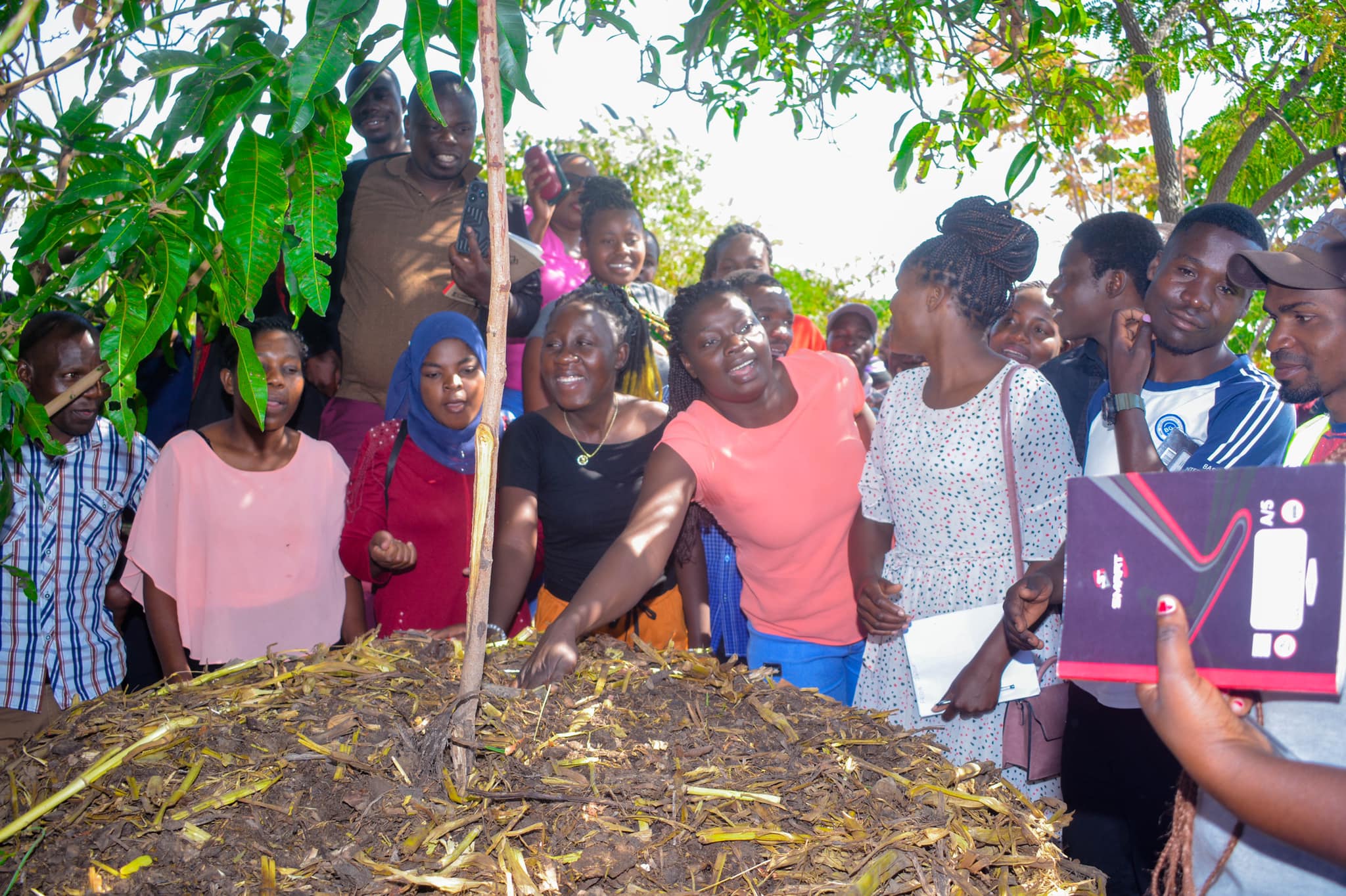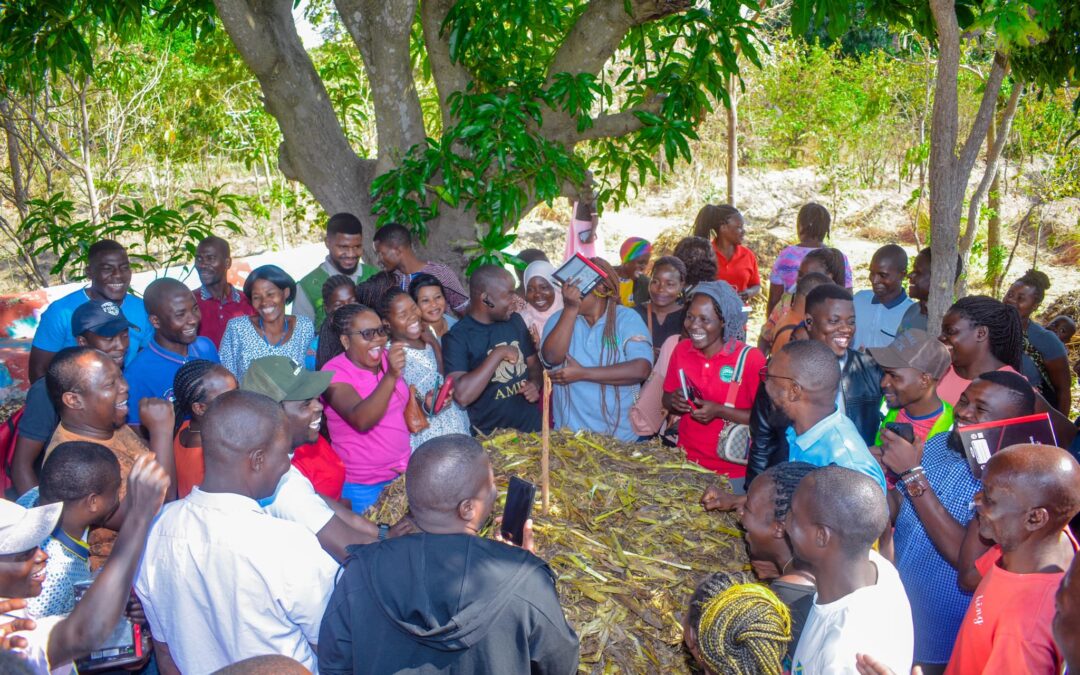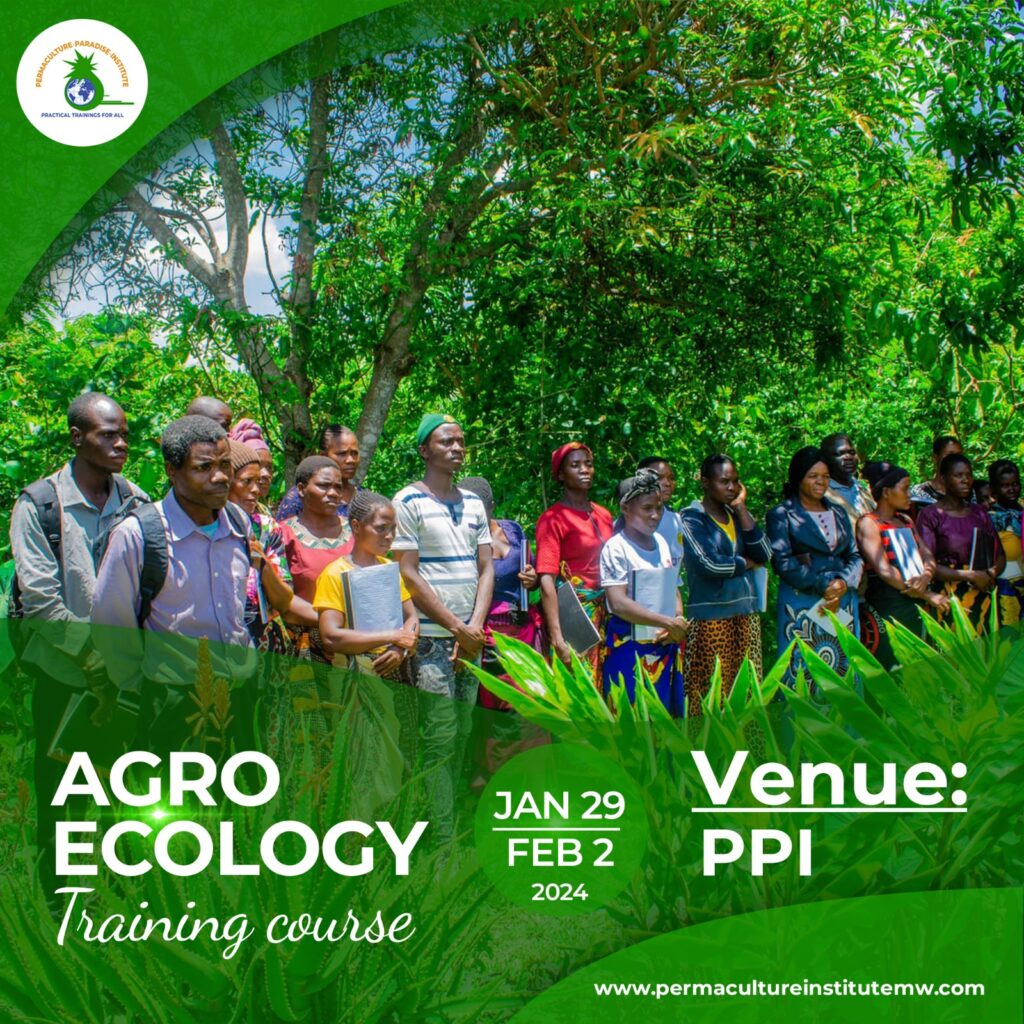Day three of the Permaculture training course was a captivating journey into the heart of sustainable agriculture, focusing on water and soil management. As participants gathered with eager anticipation, the day’s agenda promised practical insights and transformative techniques that could change the way we think about managing these vital resources.
Water and soil are more than just elements of the landscape; they are the lifeblood of any thriving ecosystem. Yet, in many parts of the world, these precious resources are being depleted and degraded at alarming rates. The goal of today’s session was to equip participants with the knowledge and skills to reverse this trend, creating systems that not only conserve but regenerate these essential elements.
Theory quickly turned into practice as participants headed outdoors for hands-on learning. Guided by experienced permaculture practitioners, they set to work building swales and testing soil health. The buzz of activity and collaboration was palpable as teams measured, dug, and molded the earth to create functional water management systems.
The soil testing session was a particular highlight. Using basic tools and techniques, participants learned how to assess soil texture, structure, and composition. They were thrilled to discover that understanding their soil better could lead to more informed decisions and healthier, more productive gardens and farms.
To bring the concepts full circle, the afternoon featured inspiring case studies of successful permaculture projects from around the world. From transforming arid deserts


into lush food forests to revitalizing degraded farmland, these stories showcased the incredible potential of sustainable water and soil management practices.
One story that resonated deeply was about a small community in a drought-prone region that had struggled for years to grow enough food. With the help of permaculture principles, they constructed a network of swales and ponds that not only conserved water but also increased soil fertility.
Today, the community boasts a thriving, self-sufficient food system that is a model for others to follow.
As the day drew to a close, participants gathered for a reflection session, sharing their insights and ideas for applying what they had learned. The sense of community and shared purpose was inspiring. Many spoke of the urgent need to take these practices back to their own lands and communities, to be part of a larger movement towards sustainability and resilience.

Day three of the Permaculture training course was more than just a day of learning—it was a call to action. Participants left with new skills, a deeper understanding of the land, and a renewed commitment to stewardship. Armed with the tools to design for sustainable water and soil management, they are now ready to turn challenges into opportunities, creating landscapes that are not only productive but regenerative and life-giving.
As we move forward, the lessons of today remind us that we have the power to shape the world around us. With mindful design and a respect for nature’s wisdom, we can build a future where water and soil are cherished, nurtured, and abundant for generations to come.



